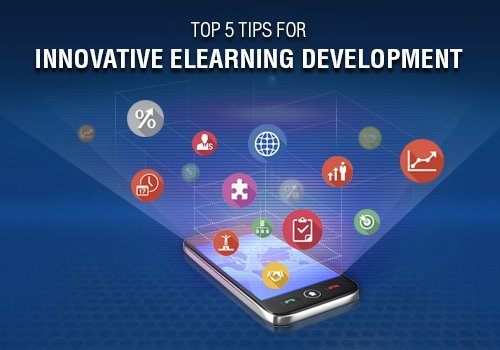June 29, 2015
9 Tips To Enhance Active Listening Skills In eLearning
What is active listening and why it is important for your learners to master such a skill? Unlike its involuntary counterpart, hearing, active listening actually involves a great deal of concentration. But when a learner is able to truly master the skill, a world of unforgettable learning opportunities is revealed. In this article, I’ll explore everything you need to know about active listening so that your learners will not only absorb, but also retain information presented in your eLearning course and I'll share 9 invaluable tips on how to design eLearning courses that enhance active learning skills of your audience.
by Christopher Pappas











